Introduction
Flow measurement is a crucial aspect of various industries, including oil and gas, chemical processing, water treatment, and manufacturing. However, selecting the right flowmeter can be a complex task, as it depends on multiple factors such as pipeline specifications, fluid properties, environmental conditions, and economic considerations.
This article provides a comprehensive guide on selecting an appropriate flowmeter by explaining key selection principles, performance characteristics, and specific application scenarios.
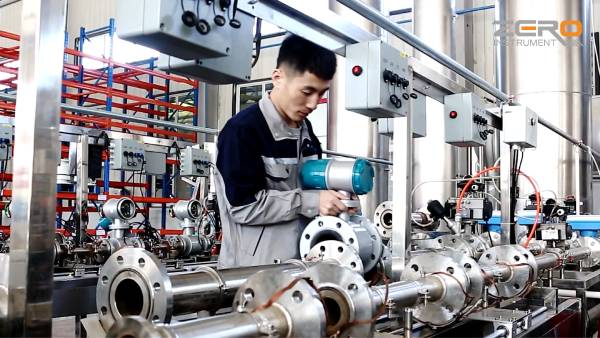
Key Factors for Selecting a Flowmeter
When choosing a flowmeter, five primary factors should be considered:
Performance Requirements
Fluid Characteristics
Installation Requirements
Environmental Conditions
Cost and Economic Considerations
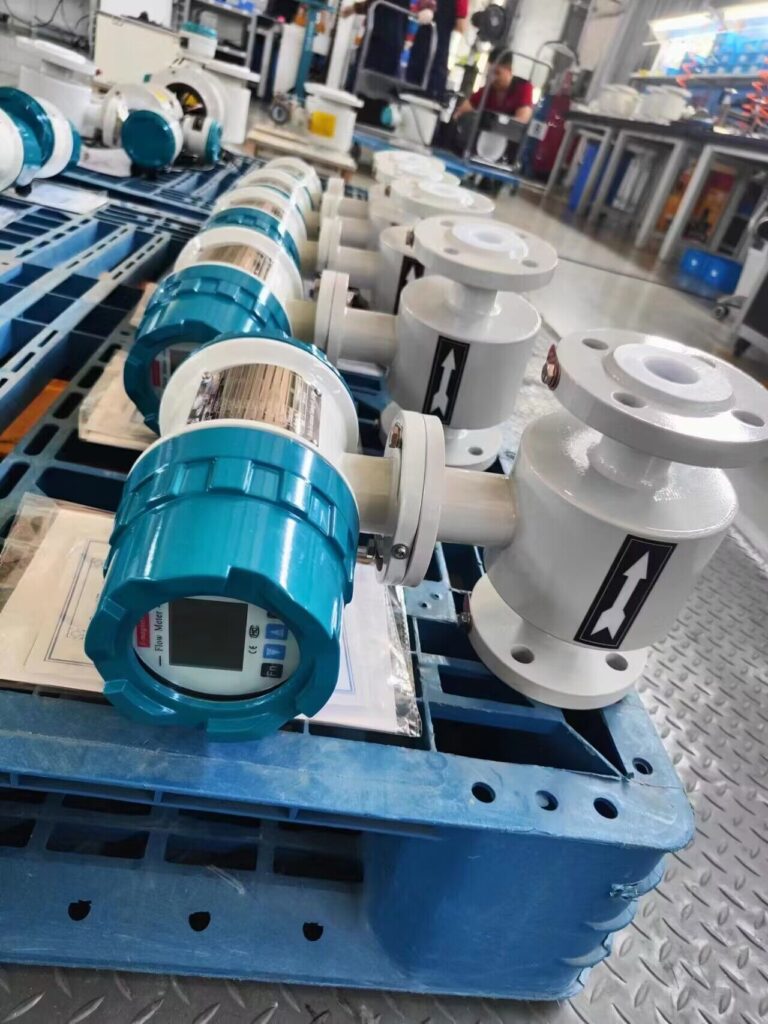
1. Performance Requirements
A flowmeter’s performance includes various technical parameters that determine its suitability for a particular application.
a. Type of Measurement: Instantaneous vs. Totalized Flow
Instantaneous flow refers to the real-time measurement of fluid flow at a given moment. This is essential for process control applications where real-time adjustments are required.
Totalized flow accumulates the volume or mass of fluid over time, which is crucial in custody transfer, trade measurements, and inventory tracking.
Some flowmeters, such as positive displacement and turbine meters, inherently measure totalized flow, while others like electromagnetic and ultrasonic meters derive totalized values from velocity measurements.
b. Accuracy Requirements
Flowmeters have different accuracy levels depending on the application.
For trade transactions, storage, and material balance applications, high accuracy (e.g., 0.2% or better) is required.
For general process control, an accuracy level of 1% may be sufficient.
It is essential to check whether the stated accuracy refers to relative error (%R) or full-scale error (%FS) as these impact overall measurement precision.
c. Repeatability
Repeatability refers to the consistency of measurement results under identical conditions.
A flowmeter with poor repeatability will lead to inconsistent data, even if its accuracy is high.
Typically, repeatability should be 1/3 to 1/5 of the stated accuracy.
d. Linearity
Linearity describes how well a flowmeter’s output follows the actual flow rate over its entire measurement range.
Highly linear meters provide stable and predictable performance across different flow rates.
Some modern systems use correction algorithms to improve linearity.
e. Flow Range and Turndown Ratio
The turndown ratio (or rangeability) is the ratio of the maximum measurable flow rate to the minimum measurable flow rate.
A wider range allows for more flexible operation without switching meters.
Turbine meters generally have a rangeability of 10:1, while electromagnetic and ultrasonic meters can reach 100:1.
f. Pressure Loss
Some flowmeters cause a pressure drop in the system, which can lead to increased pumping costs.
Devices like differential pressure meters (e.g., orifice plates) have significant pressure losses, while non-intrusive meters like ultrasonic flowmeters cause negligible loss.
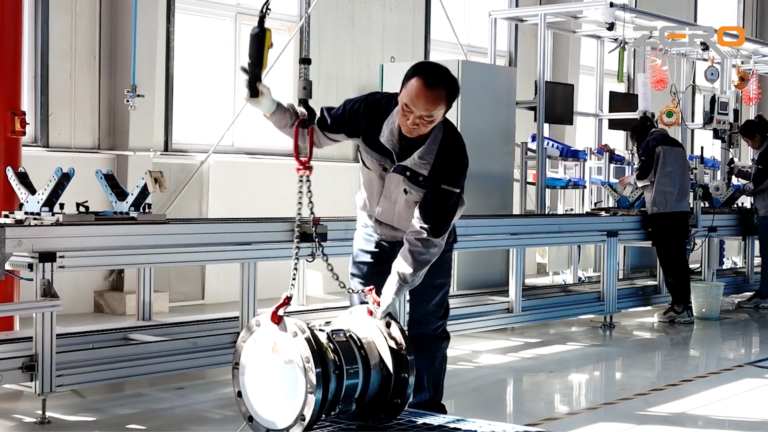
2. Fluid Characteristics
The properties of the fluid being measured play a critical role in flowmeter selection.
Temperature and Pressure: Some flowmeters have strict limitations on operating temperature and pressure.
Viscosity: High-viscosity fluids require specialized meters like positive displacement or Coriolis meters.
Conductivity: Electromagnetic meters require conductive fluids (e.g., water, acids) and are unsuitable for non-conductive substances like oil or gas.
Corrosiveness: Corrosive fluids require meters with special materials like stainless steel or ceramic linings.
Particulate Content: Fluids containing solid particles may clog certain flowmeters, necessitating options like ultrasonic or electromagnetic meters that can handle dirty fluids.
3. Installation Requirements
Pipe Size: The flowmeter must be compatible with the pipeline diameter.
Mounting Orientation: Some flowmeters need to be installed vertically (e.g., certain turbine meters) while others work best horizontally.
Straight Pipe Run: Many flowmeters require a minimum length of straight pipe before and after the sensor to ensure accurate readings.
Power Supply and Signal Output: Consideration must be given to whether the meter requires external power and if the output (analog, digital, pulse) integrates with existing control systems.
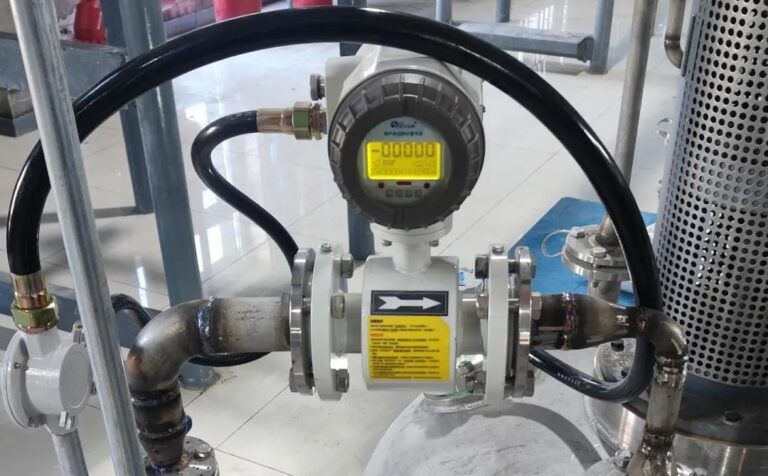
4. Environmental Conditions
Indoor vs. Outdoor Installation: Some meters need protective enclosures if installed outdoors.
Explosion-Proof Requirements: Meters used in hazardous environments (e.g., oil and gas) must comply with safety standards such as ATEX or IECEx.
Vibration and Noise Sensitivity: Some meters, like ultrasonic meters, may be affected by external noise or vibrations.
5. Cost and Economic Considerations
Initial Cost: Prices vary widely depending on technology (e.g., positive displacement meters are typically cheaper than Coriolis meters).
Maintenance Costs: Some meters require regular calibration and maintenance, impacting long-term operational costs.
Energy Consumption: Flowmeters with moving parts may consume more energy due to mechanical resistance.
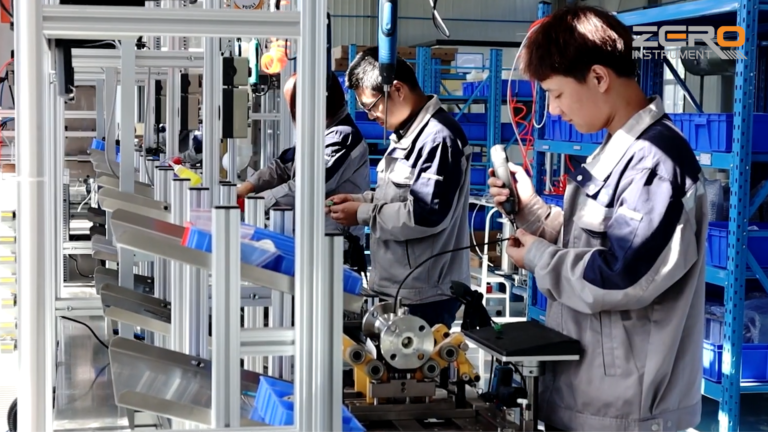
Common Flowmeter Types and Their Applications
Below is a comparison of commonly used flowmeters and their advantages:
| Flowmeter Type | Advantages | Common Applications |
|---|---|---|
| Electromagnetic | No moving parts, high accuracy, low pressure loss | Water treatment, chemical processing |
| Ultrasonic | Non-intrusive, suitable for large pipes | Oil and gas, HVAC systems |
| Coriolis | Direct mass measurement, high accuracy | Food and beverage, pharmaceuticals |
| Turbine | High accuracy, suitable for clean fluids | Custody transfer, petroleum industry |
| Differential Pressure | Suitable for high-temperature applications | Steam flow, process industries |
| Positive Displacement | High precision for viscous fluids | Fuel dispensing, oil measurement |
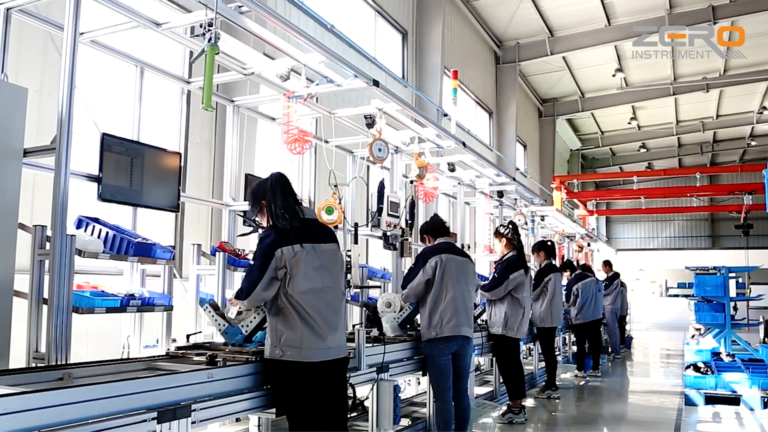
Conclusion
Selecting the right flowmeter requires a detailed evaluation of technical, environmental, and economic factors. Understanding the fluid characteristics, installation constraints, accuracy needs, and long-term costs ensures the chosen device meets operational requirements efficiently.
By carefully considering the selection criteria discussed in this guide, industries can optimize their flow measurement processes and improve efficiency, reliability, and cost-effectiveness.
